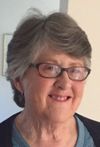TURNING STEM into STEAM & MEETING the ARTIST-SCIENTIST
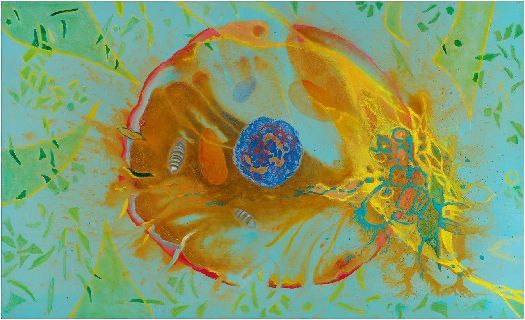
You might be wondering what on earth I'm talking about when I say that it is very important for the future of our world that an A is added to STEM.
STEM stands Science, Technology, Engineering and Math. Adding the A to make STEAM inserts Art into the sciences: the humanities, language arts, dance, drama, music, visual arts, design and multimedia.
For all kinds of reasons and in many different ways there is a courtship (if not a pending marriage) going on between the scientists and the artists.
I was first alerted to this growing relationship by A of Oakleigh whose daughter is a medical researcher and tomorrow we will be looking at some of her work. But first, let's get our minds around this growing realisation that the great artist-scientists throughout history were onto something.
Who were the first of our Artist-Scientists or polymaths?
Su Song (1020–1101 AD) was a renowned Hokkien polymath who was a scientist, mathematician, statesman, astronomer, cartographer, horologist, medical doctor, pharmacologist, mineralogist, zoologist, botanist, mechanical and architectural engineer, poet, antiquarian, and ambassador of the Song Dynasty (960–1279). Su is best known as the inventor of a hydro-mechanical astronomical clock tower in medieval Kaifeng, which employed the use of an early escapement mechanism.1
Below is a scaled model of Su Song's water-powered clock tower. The original clock tower was 35 feet tall. It was a 3 story tower with an armillary sphere on the roof, and a celestial globe on the third floor. This picture was taken in July 2004 from an exhibition at Chabot Space & Science Center in Oakland, California. The quality of the picture is not ideal because flash photography was not allowed.1
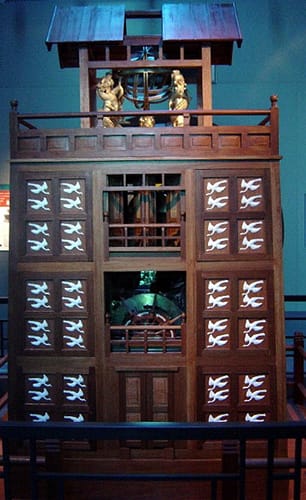
I love the story of the marriage of different types of brains that brought the clock into being: the escapement mechanism of Su's clock tower was invented by Buddhist monk Yi Xing and government official Liang Lingzan in 725 AD to operate a water-powered armillary sphere. Su also completed a large celestial atlas of several star maps, several terrestrial maps, as well as a treatise on pharmacology. The latter discussed related subjects on mineralogy, zoology, botany, and metallurgy. 1
Leonardo da Vinci (1452-1519) is probably the most famous artist-scientist polymath of the Renaissance whose interests included invention, drawing, painting, sculpting, architecture, science, music, mathematics, engineering, literature, anatomy, geology, astronomy, botany, writing, history, and cartography. He has been called the father of ichnology and he is widely considered one of the greatest painters of all time. Only 15 of his paintings have survived but along with his notebooks containing his drawings scientific diagrams, and his thoughts on the nature of painting —compose a contribution to later generations of artists rivalled only by that of Leonardo's contemporary Michelangelo. 1 Below is his study of a foetus in the womb (c. 1510).

And in contemporary terms you need to be aware of artist/engineer Stephen Mushin who introduces himself on his website in this way:
Hi, my name is Stephen Mushin – most people call me Steve. I’m an industrial designer, model maker, illustrator and artist. I design challenging and thought-provoking exhibitions and adventure spaces to ignite imaginations and explore design, physics and biology. I collaborate with scientists and engineers to illustrate complex and intriguing ideas...I run design workshops and create exhibitions with schools, science museums, galleries and festivals to help kids and adults imagine transforming cities into ecosystems.3
Stephen has over 20 years experience as an industrial designer, design workshop facilitator and science communicator. He has collaborated with scientists, engineers, farmers, steel fabricators and landscapers on high tech urban agriculture, composting and biogas technologies, zero- emission master-plans, science communication and science-based adventure playgrounds, amongst many other things.3
Stephen’s satirical future inventions were exhibited by The Australian Design Centre as part of CUSP (2013), a touring exhibition of futures design thinking. In August 2014, his exhibition Now If What Then: Farming Tokyo was exhibited as a solo show at Spiral contemporary art gallery in Japan, in collaboration with The Tokyo University of Agriculture. This exhibition presented 10 of Stephen's projects which re-imagined the world’s largest city as self sufficient in food production. His designs have also been exhibited in Sydney at the Grace Cossington Smith Gallery (2015), at The Glasshouse in Port Macquarie (2016), and at MRPG gallery and Docklands Library Gallery in Melbourne (2017).3
The video below shows some of the activities the participants (of all ages) were involved in. The goal is a complete re-invention of our cities as ecological systems where waste becomes food and buildings crawl with plants and animals.
In 2012 Stephen won the British Council's Big Green Idea Award for an open-source aquaponics system, he managed technology projects at CERES Environment Park for seven years from 2003-2010, and in 2015 was awarded an Australian Design Honours for work in sustainability design education.3
You can check out the various project Stephen has been or is involved in by following the bookmark link below.

For Instagramers you can follow Stephen Mushin by Clicking Here. And Facebookers please Click Here.
And image a future where fresh dairy products are just a rope-ladder climb away.
For ecological designer Stephen Mushin, a floating ship that animals would live on and produce food is not such a leap of the imagination.
Back in 2015 Stephen was an artist in residence at Abbotsleigh’s Grace Cossington Smith Gallery and exhibited his, Now If What Then, featuring 10 thought experiments.The most impressive of these is the 1:10 scaled 3D printout model of the Cowship version two.“That’s a scheme to take all the world’s farmed animals, like cows, sheep, goats and pigs, and put them in the sky floating using their own methane gas,” 4
Below is his Cowship in diagramatic and 3D printed form.
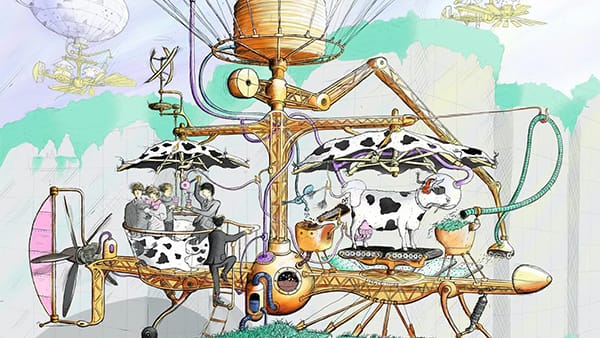
And what is the image at the top of the post illustrating? Go back and check if you misssed looking at it.
Cancer Researchers are turning to artists for inspiration.
Working with cancer biologist Dhruba Deb, artist Caroline Ometz explored cancer’s effects on cells, including in this painting, Order to Chaos, which depicts a healthy cell (center) being attacked by a yellow cancer-shaped cell. Image courtesy of Caroline Shaw Ometz.5
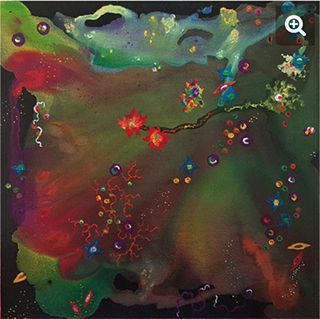
If you would like to see more artistic works by Caroline Ometz please Click Here.
By day, Dhruba Deb studies lung cancer. A postdoctoral researcher at the UT Southwestern Medical Center in Dallas, Deb puzzles over disease-causing genes and the scores of signaling pathways in which they act. Searching through this sea of data, he often has trouble deciding where to focus or how to push forward.
In the evenings, Deb leaves the microscope and pipettes and enters a different world—his home studio—where canvas and paint brushes await. Talking with artist friends, Deb sees the different ways they tackle challenges. Researchers in many fields tend to be reductionist in their approaches, whereas artists “look at the problem from a 30,000-foot view,” Deb says. “They try to encapsulate all the complexity in the system. They say, ‘I don’t know what I am doing, but it’s going to lead me somewhere.’” 5
Without leaps of imagination or dreaming, we lose the excitement of possibilities. Dreaming, after all, is a form of planning. – Gloria Steinem
Credits
1. en.wikipedia.org
2. dailytelegraph.com.au
3. stephenmushin.com
4. Cowships and polar bear farming proposed by Abbotsleigh artist in residence Stephen Mushin by Caryn Metcalfe, dailytelegraph.com.au
5. pnas.org - The Proceedings of the National Academy of Sciences (PNAS), a peer reviewed journal of the National Academy of Sciences (NAS), is an authoritative source of high-impact, original research that broadly spans the biological, physical, and social sciences. The journal is global in scope and submission is open to all researchers worldwide.
